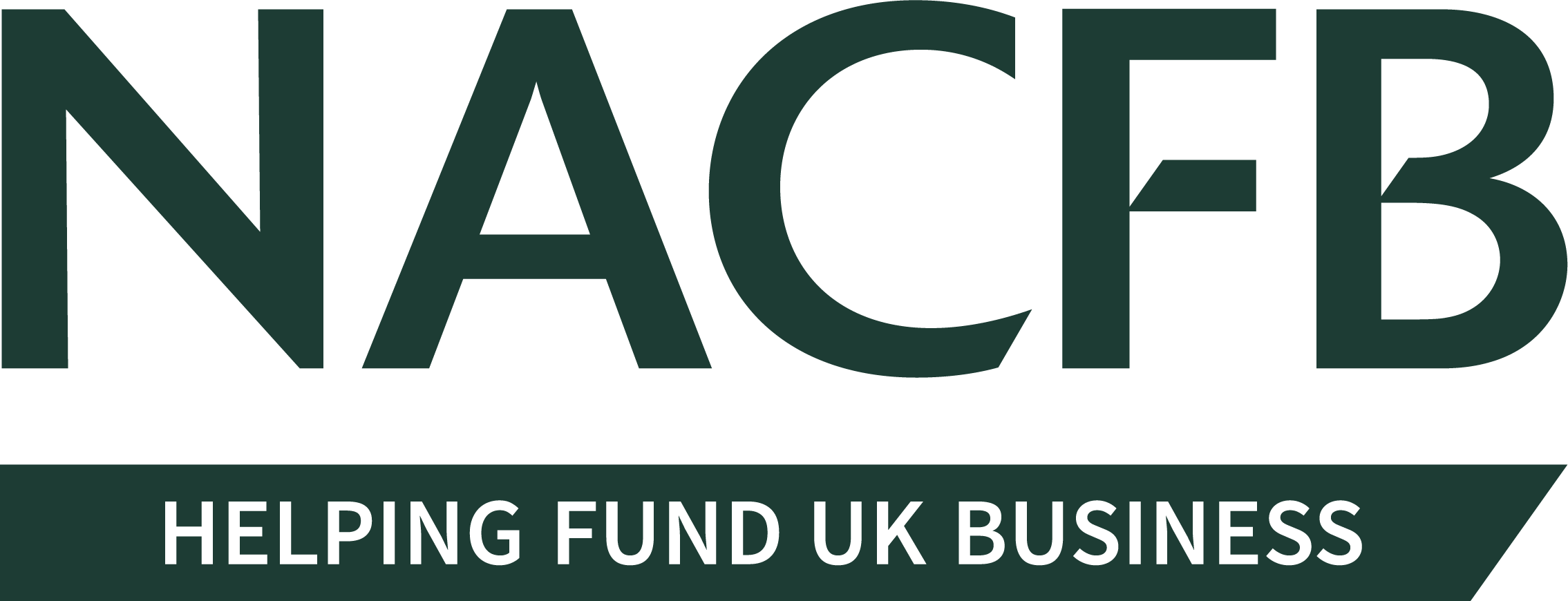Refinancing typically involves using unencumbered assets or replacing existing agreements with a new one, typically to release equity, secure better terms, lower interest rates, or adjust repayment periods. This process allows borrowers to improve their financial situation by aligning their debt obligations with their current goals and capabilities as well as a cash injection into the business.
Example
Consider a vehicle owner who financed their vehicle purchase with a loan at an interest rate of 6% for five years. After two years, they notice that market rates for loans have dropped to 4%. By refinancing the loan, the borrower replaces the original loan with a new one at the lower interest rate. This reduces their monthly payments and saves money on interest over the remaining term of the loan.
Features of Refinancing
Interest Rate Adjustment: Borrowers could secure a lower rate, which can reduce monthly payments and overall interest costs.
Loan Term Flexibility: Refinancing can shorten or extend the repayment period. Shorter terms often mean higher monthly payments but less total interest paid, while longer terms lower monthly payments but increase total interest.
Debt Consolidation: For those with multiple loans, refinancing allows combining debts into a single loan, streamlining repayment.
Cash Injection: Free up cash within your assets, assisting with development plans or to ease day to day cash flow pressures.
Benefits of Refinancing
Cost Savings: By lowering interest rates or securing better terms, borrowers could save money over the life of the loan.
Improved Cash Flow: Lower monthly payments free up funds for other financial goals, such as investing or expansion.
Simplified Management: Consolidating loans means dealing with a single lender and payment, reducing administrative stress.
Opportunity for Equity Use: Cash-out refinancing allows homeowners to access their asset equity for business upgrades or expansion.
Things to Consider
While refinancing offers many benefits, it’s essential to account for potential costs, such as origination fees, prepayment penalties, or closing costs. By understanding the intricacies of refinancing, businesses can make informed decisions that enhance their financial well-being and align with their long-term objectives.

